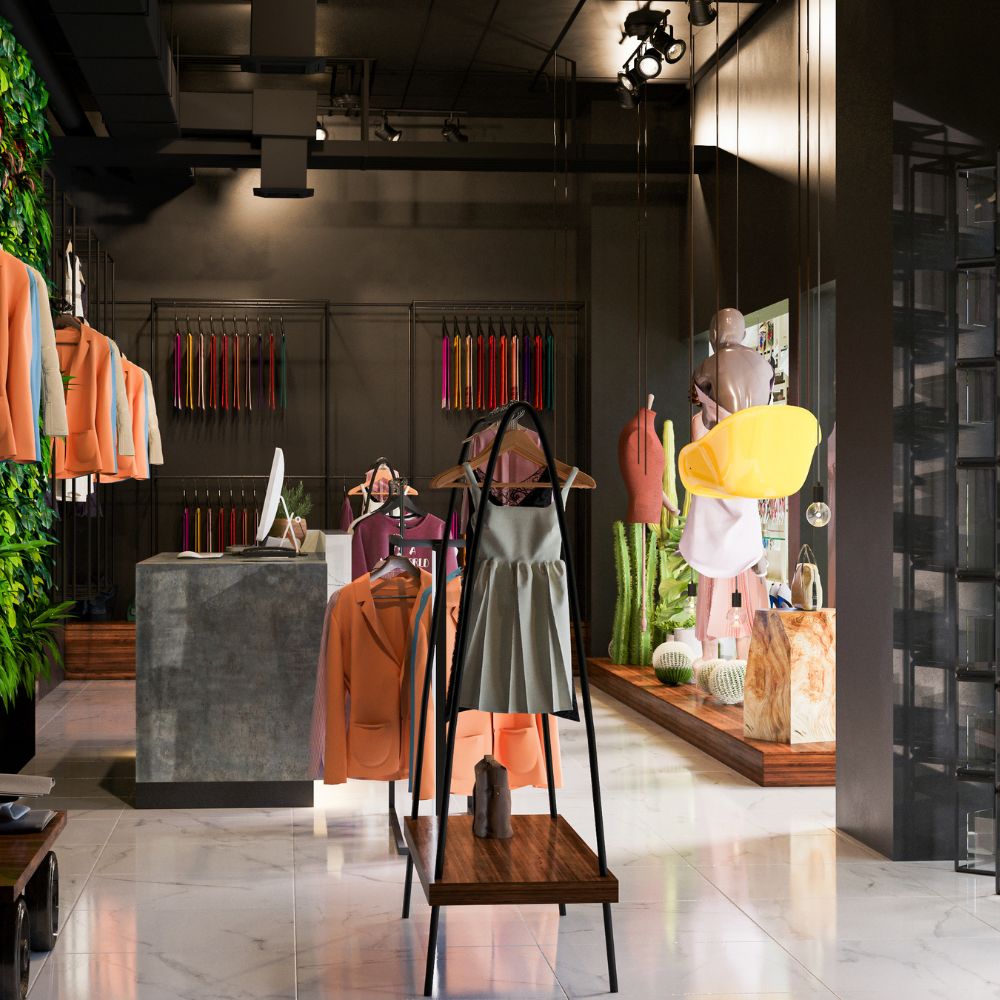Bricks over clicks: The resurgence of physical retail in Europe
In a notable shift across Europe’s retail landscape, physical stores are making a comeback, as consumers increasingly favor in-person shopping experiences over online purchases. The trend, dubbed “bricks over clicks,” has seen major retailers expand or reopen storefronts after years of closing down locations in favor of e-commerce. This resurgence is reshaping high streets across Europe, with iconic cities like Paris, London, and Milan experiencing a retail revival that reflects changing consumer preferences for the tactile and social aspects of shopping.
Revival of Physical Retail
As the pandemic pushed retail online, physical stores took a backseat, with many brands shifting their focus toward digital. However, the demand for in-store shopping experiences is now on the rise, as consumers express a desire for more than just convenience—they want to touch, feel, and try products before purchasing. Many shoppers also appreciate the immediacy of in-store purchases, avoiding delivery delays and the hassle of online returns. The trend is particularly evident in the fashion and luxury sectors, where customers value the sensory experience of trying on clothing, feeling fabric textures, and getting personalized recommendations from store staff.
In response, several major brands, including Zara, H&M, and luxury labels like Louis Vuitton and Gucci, are investing heavily in creating attractive and immersive store experiences. Flagship stores are becoming destinations in themselves, featuring unique architectural designs, limited edition collections, and enhanced customer service. This focus on experiential retail is designed to draw customers away from screens and back into stores, offering them an experience they can’t replicate online.
Hybrid Retail Strategies and Technological Integration
While brick-and-mortar stores are seeing renewed interest, retailers are blending physical and digital experiences in what’s known as a hybrid approach. Stores are adopting “click-and-collect” models, where customers purchase online and pick up in-store, merging the convenience of e-commerce with the immediacy of physical shopping. Technology is also enhancing the in-store experience: virtual fitting rooms, augmented reality (AR) displays, and mobile payment options are becoming standard in European retail, making shopping easier and more engaging.
This hybrid approach helps retailers cater to a broad range of preferences, particularly younger consumers who grew up with digital options but still appreciate a hands-on shopping experience. Analysts observe that these changes are bridging the gap between online and offline worlds, transforming stores into spaces that focus as much on brand storytelling as on selling products.
Economic and Social Impact on European High Streets
The return of physical retail has also had a positive economic impact on European high streets. After years of vacancies and declining foot traffic, cities are seeing a revitalization of their retail districts, which benefits not only shop owners but also surrounding businesses like cafés, restaurants, and cultural venues. In London, for instance, new stores opening in areas such as Oxford Street and Regent Street have brought a significant uptick in local business, while cities like Milan and Madrid report similar trends.
European governments are welcoming this retail resurgence, recognizing that physical stores contribute to a sense of community and vibrancy. Some cities are offering incentives for new shops, reducing business rates, or upgrading infrastructure to attract retailers and improve shopping districts. Urban planners are also focusing on creating walkable areas with mixed-use developments that combine shopping, dining, and entertainment, making high streets more attractive destinations for residents and tourists alike.










